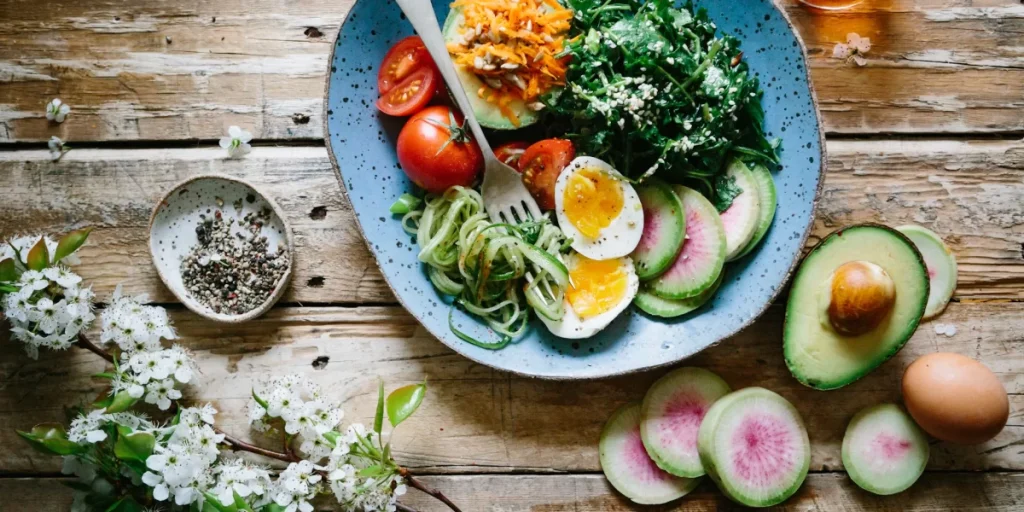Chronic pain is a debilitating condition affecting millions worldwide, impacting physical and emotional well-being. It is defined as pain persisting beyond three months, often resistant to treatment.

Types of Chronic Pain
1. *Lower Back Pain*: Affects the spine and surrounding muscles.
2. *Fibromyalgia*: Widespread muscle pain, fatigue, and tender points.
3. *Arthritis*: Joint pain and inflammation.
4. *Neuropathic Pain*: Nerve damage, often causing burning or tingling sensations.
5. *Headaches*: Frequent, severe headaches.
Causes of Chronic Pain
1. Injury or trauma
2. Medical conditions (e.g., diabetes, multiple sclerosis)
3. Infection or inflammation
4. Poor posture or ergonomics
5. Genetics
Symptoms of Chronic Pain
1. Persistent pain
2. Fatigue
3. Mood changes (depression, anxiety)
4. Sleep disturbances
5. Decreased mobility
Chronic Pain Management Strategies
*Non-Pharmacological*
1. *Physical Therapy*: Exercise, stretching, and strengthening.
2. *Mind-Body Therapies*: Meditation, yoga, and cognitive-behavioral therapy.
3. *Acupuncture*: stimulates healing and relaxation.
4. *Heat or Cold Therapy*: relieves pain and inflammation.
*Pharmacological*
1. *Analgesics*: pain relievers (e.g., acetaminophen, ibuprofen).
2. *Antidepressants*: Manage pain, mood, and sleep.
3. *Muscle Relaxants*: Reduce muscle tension.
4. *Opioids*: Severe pain management (carefully monitored).
*Lifestyle Changes*
1. *Regular Exercise*: Improves flexibility and strength.
2. *Healthy Diet*: Balances nutrition and inflammation.
3. *Stress Management*: Reduces tension and anxiety.
4. *Sleep Hygiene*: Establishes consistent sleep patterns.
_Challenges and Complications_
1. *Mental Health Concerns*: Depression, anxiety, and substance abuse.
2. *Social Isolation*: Withdrawal from social activities.
3. *Decreased Productivity*: Impacts work and daily life.
4. *Polypharmacy*: Multiple medications increase risk of interactions.
_Seeking Professional Help_
1. *Primary Care Physician*: Initial evaluation and referral.
2. *Pain Management Specialist*: Expertise in chronic pain.
3. *Physical Therapist*: Customized exercise programs.
4. *Mental Health Professional*: Addresses emotional concerns.
_Resources_
1. American Chronic Pain Association
2. National Institute of Neurological Disorders and Stroke
3. American Academy of Pain Medicine
4. World Health Organization – Pain Management
5. Mayo Clinic – Chronic Pain
_Conclusion_
Chronic pain management requires a comprehensive approach, incorporating non-pharmacological, pharmacological, and lifestyle changes. Seeking professional help and support is crucial for overcoming persistent discomfort and improving quality of life.


One thought on “Chronic Pain Management: Understanding and Overcoming Persistent Discomfort”
Comments are closed.